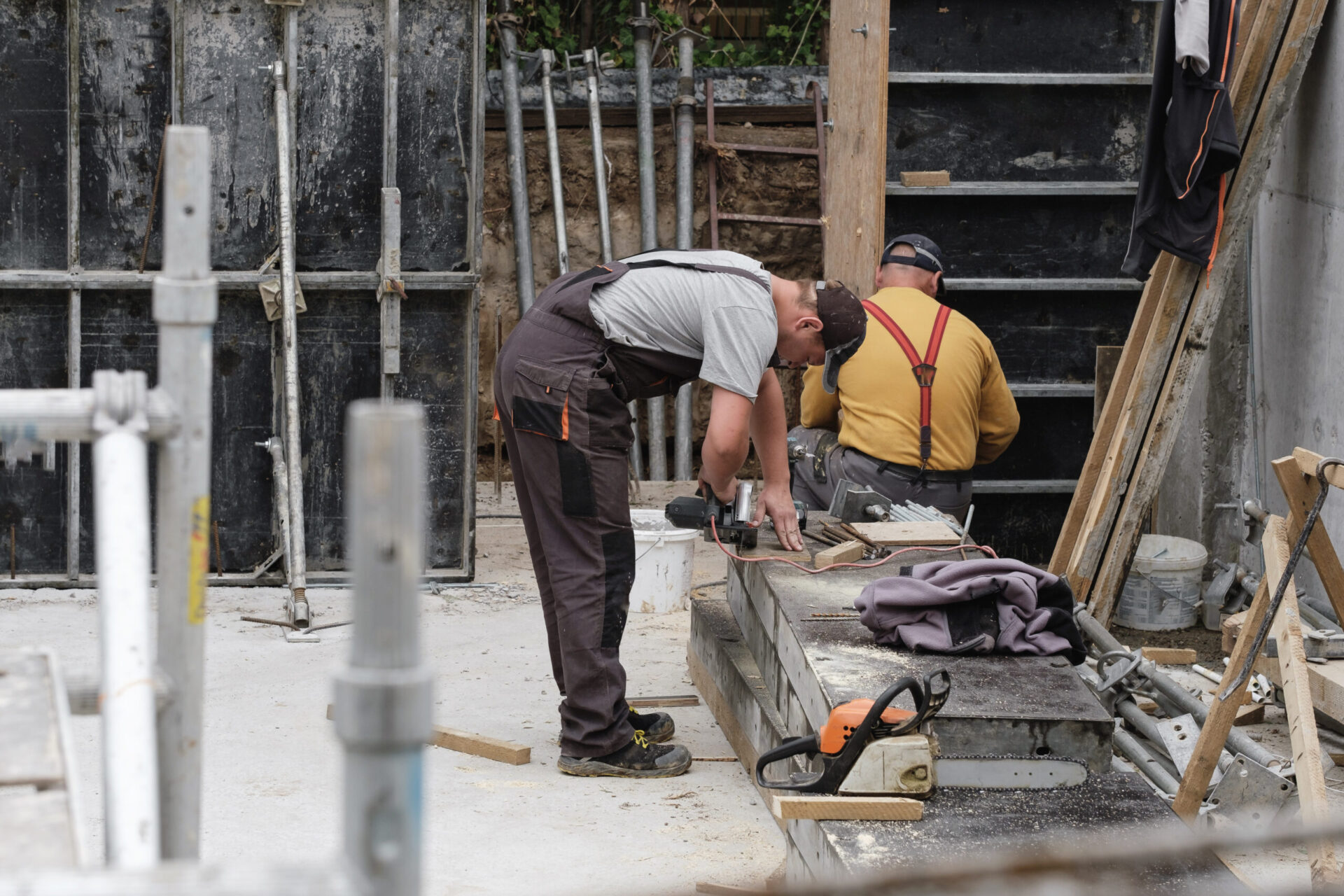Builder confidence dropped two points in June to its lowest level since June 2020, according to the National Association of Home Builders(NAHB)/Wells Fargo Housing Market Index (HMI).
The HMI asks builders for their opinions on current single-family home sales and sales expectations for the next six months, as well as rate their traffic of prospective buyers. Any number under 50 indicates that more builders view conditions as worse than better.
The HMI posted a reading of 67 for the month of June. It is the sixth consecutive month of decline for the index. NAHB’s press release called it a “troubling sign for the housing market.”
“Six consecutive monthly declines for the HMI is a clear sign of a slowing housing market in a high inflation, slow growth economic environment,” said NAHB Chairman Jerry Konter, a builder and developer from Savannah, Ga.
“The entry-level market has been particularly affected by declines for housing affordability and builders are adopting a more cautious stance as demand softens with higher mortgage rates. Government officials need to enact policies that will support the supply-side of the housing market as costs continue to climb.”
NAHB said the reason for low builder confidence is rising inflation and mortgage rates driving homebuyer demand down.
All three HMI indices fell in June. The component charting traffic of prospective buyers fell five points to 48, the first time it has fallen below 50 since June 2020. The HMI index gauging current sales conditions fell one point to 77 and the gauge measuring sales expectations in the next six months fell two points to 61.
Looking at the three-month moving averages for regional HMI scores, the Northeast’s three-month movie average for regional HMI fell one point to 71, the Midwest fell six points to 56, the South fell two points to 78 and the West plummeted by nine points to 74.
“The housing market faces both demand-side and supply-side challenges. Residential construction material costs are up 19% year-over-year with cost increases for a variety of building inputs, except for lumber, which has experienced recent declines due to a housing slowdown,” said NAHB Chief Economist Robert Dietz.
The rise in lumber prices caused the average price of a newly-built single-family home to rise by an average of $18,600 between 2020 and 2021. But lumber prices are now down 52% from a high in March.
“On the demand-side of the market, the increase for mortgage rates for the first half of 2022 has priced out a significant number of prospective home buyers, as reflected by the decline for the traffic measure of the HMI, Dietz continued.
Nine million buyers have been priced out of the housing market since January, including 3 million millennials.
